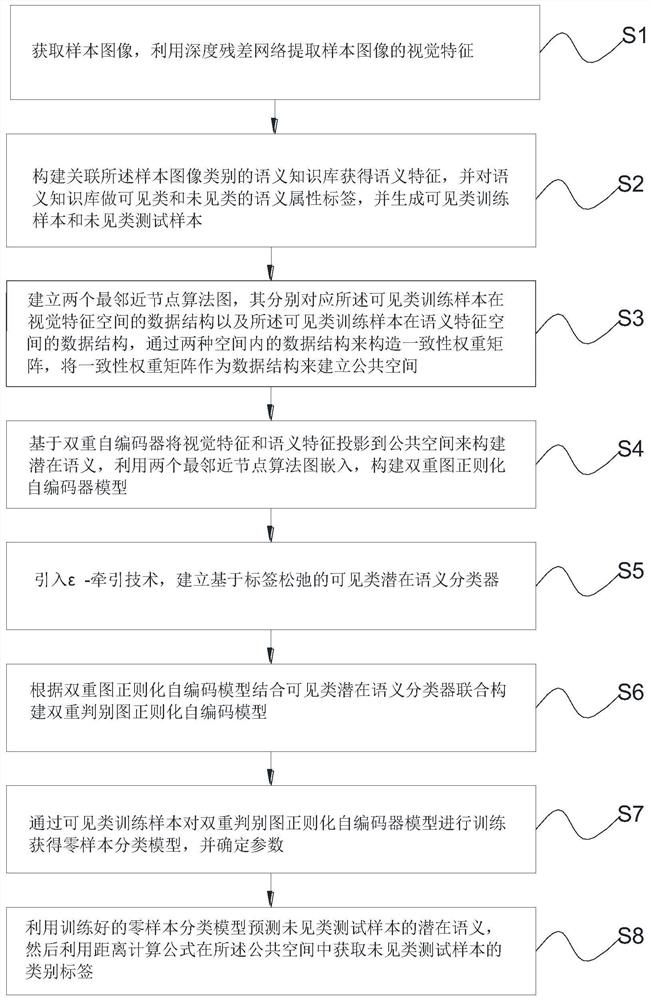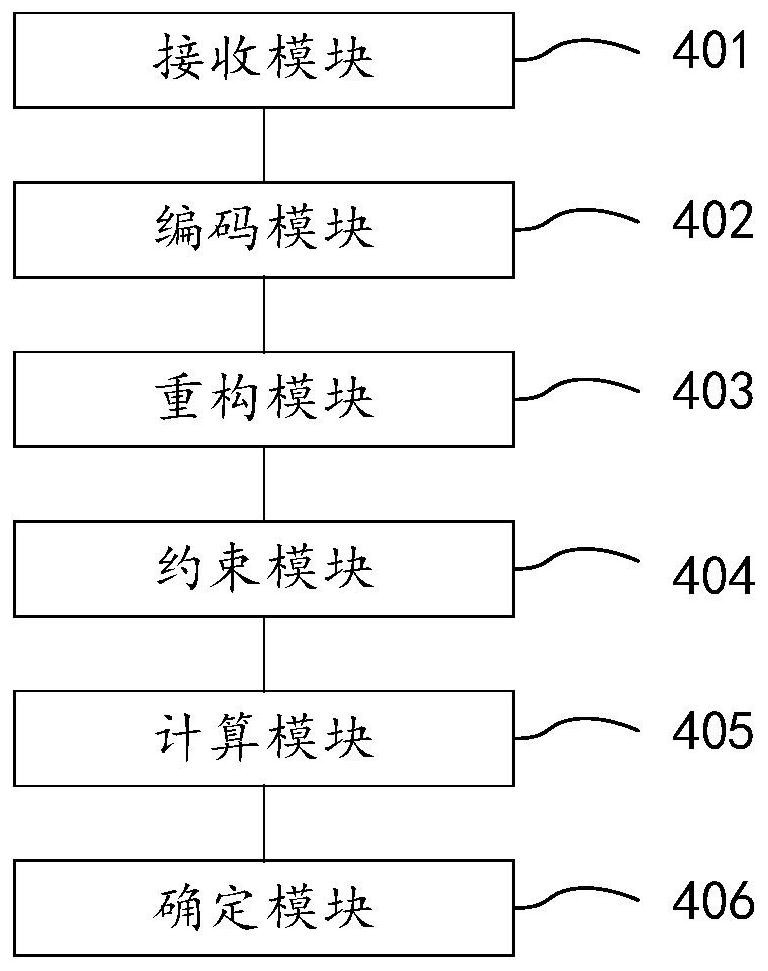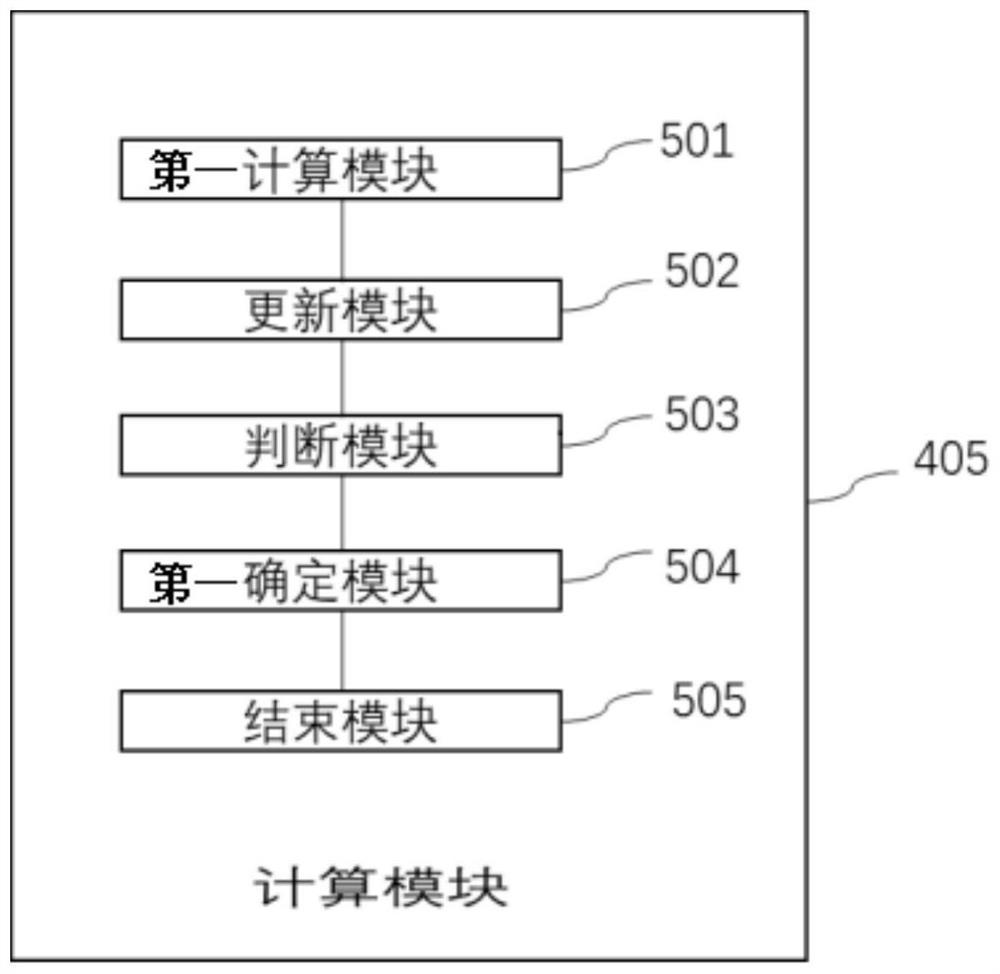Zero-sample image classification method and device based on double auto-encoders
A sample image and self-encoder technology, applied in the field of image classification, can solve the problem of the semantic gap between unresolved low-level visual features and high-level semantic features, and achieve the effect of alleviating the semantic gap problem and enhancing the generalization ability
- Summary
- Abstract
- Description
- Claims
- Application Information
AI Technical Summary
Problems solved by technology
Method used
Image
Examples
Embodiment
[0071] Such as figure 1 as shown, figure 1 A schematic diagram of the overall flow of a zero-shot image classification method based on a dual autoencoder provided in this embodiment, specifically including the following steps:
[0072] Taking the AWA2 dataset as an example, the specific implementation process is described in detail. The AWA2 data set contains 50 animal categories, of which 40 categories are used as visible categories for training models, and 10 categories are used as unseen categories for testing. Each category (including visible and unseen categories) consists of 85-dimensional semantic attributes express.
[0073] Specifically, suppose Ω s = {X, S, Y} and Ω u ={X u , S u , Y u} denote N samples from C visible classes and c u N of unseen classes u samples. where X∈R d×N , represent the d-dimensional image visual features of samples of seen and unseen classes, respectively, and the corresponding labels are Y∈R c×N with S∈R k×N with refer to th...
PUM
 Login to View More
Login to View More Abstract
Description
Claims
Application Information
 Login to View More
Login to View More - R&D
- Intellectual Property
- Life Sciences
- Materials
- Tech Scout
- Unparalleled Data Quality
- Higher Quality Content
- 60% Fewer Hallucinations
Browse by: Latest US Patents, China's latest patents, Technical Efficacy Thesaurus, Application Domain, Technology Topic, Popular Technical Reports.
© 2025 PatSnap. All rights reserved.Legal|Privacy policy|Modern Slavery Act Transparency Statement|Sitemap|About US| Contact US: help@patsnap.com



